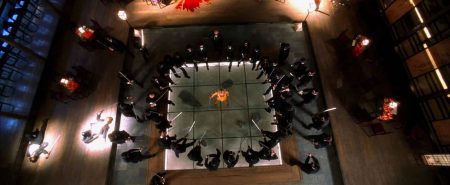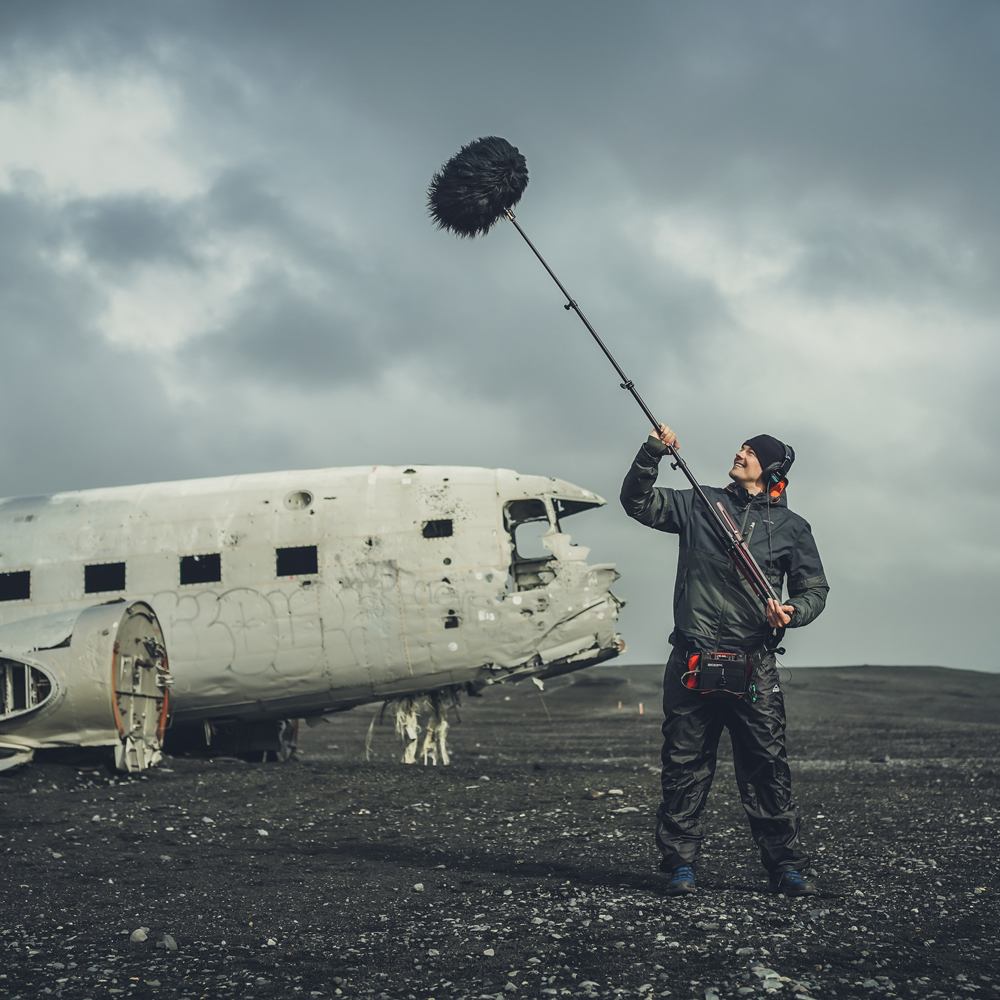A cinematographer, also called a director of photography, is the crew chief that is responsible for the camera and light crews. Cinematographers are masters of cinematography – the art of visual storytelling used in films and television shows.
Why Is Cinematography Important to Filmmaking?
Much of the impact of a film or television show is visual. Cinematography represents that visual aspect, whether through the camera and lens choice, angle width, aspect ratio, or other visual elements.
The impact of certain shots also plays a significant role in the overall feel of a film. For example, an extremely wide shot places the subject in a more vulnerable position, while a medium shot helps the audience feel like they are part of the conversation. The size of the shot restricts how much of the scene the audience can see.
Role of Cinematographer in Movies
The role of a cinematographer in filmmaking is crucial in all three stages of production:
Pre-production
The process begins with a discussion with the director to gain a sense of their vision. A cinematographer then determines what each scene needs and hires the camera crew, purchases supplies, and arranges for equipment.
Production
Cinematographers work closely with others on a film set to achieve the right visual outcome, including the lighting department, camera operators, and directors. Cinematographers also utilize various methods to create specific looks for scenes, such as lighting elements, shot sizes and widths, and camera angles.
Post-production
After filming wraps, a cinematographer works with the processing lab to ensure that the color is retained and the visuals represent the creative vision of the director.
Duties and Responsibilities of a Cinematographer
A cinematographer has several major responsibilities and duties when working on a film set. The first is choosing the visual style and approach of the film, which will depend on the story and feel. The next duty is to determine the lighting for each scene. In a film, lighting creates the visual mood for the scene, so a cinematographer must use it to enhance the contour, contrast, and depth of the image to support the atmosphere.
The Cinematographer’s Craft
Another key responsibility is establishing the camera setup for each shot. This setup includes the type of camera used as well as the lens, angle, and techniques utilized to bring the scene to life and represent it visually. The vantage point of each camera also factors into the camera setup. Cinematographers are heavily involved with the film from start to finish, and they attend rehearsals to determine the camera setup in response to actions, gestures, body positioning, and blocking done by the actors.
Cameras and Lenses for Cinematographers
A cinematographer is also responsible for what type of camera will be used to make a film. Some of the decisions include film vs. digital, the type of lenses, the setting of the camera, and any other necessary equipment. The movement of the camera also impacts the outcome of the film, so cinematographers are responsible for planning whether it will move or remain still.
Required Skills
An experienced cinematographer works closely with the director of a film with a goal to elevate the director’s vision, often introducing concepts and ideas that the director may not have previously considered.
Experience and Skills
Cinematographers often explore each location’s potential, looking for visuals that the director will appreciate and making recommendations to capture specific shots.
Personality
A cinematographer often has success when collaborating with similarly creative people. This role involves heavy networking, so those who are introverted or uncomfortable interacting with people they don’t know may struggle.
How Do You Become a Cinematographer?
Becoming a cinematographer doesn’t involve following a single path.
Education and Training
Some pursue educational opportunities, while others gain experience by working with cameras and moving up through roles on a film set.
What Do I Need to Become a Cinematographer?
If you want to work as a cinematographer, you need to have a passion for the visual representation of life through photography and film. You also need experience in the industry, which you can gain by starting in a lower-level role and working your way up.
Learning Cinematography
Some cinematographers attend film school to gain experience and knowledge about what goes into filmmaking. Other related subjects to study include photography, art, and drama.
What Are Some Common Cinematography Techniques?
Some of the most successful cinematographers apply certain techniques to their craft. They must be able to find creative solutions that achieve the director’s visual goals. These solutions may involve detailed strategies, such as utilizing specialized lighting equipment or bringing in unique tools.
Best Cinematography Movies of All Time

“Blade Runner 2049”
“Se7en”
“Kill Bill”
Many of the best cinematographers learn from one another. Orson Welles, the talent behind “Citizen Kane,” said that he was greatly inspired by John Ford, who invented both the chiaroscuro and western techniques. Some of the other films that are known for their cinematography include “The Immigrant,” “The Tree of Life,” and “In the Mood for Love.”
How Much Does a Cinematographer Make?
A cinematographer falls under the U.S. Bureau of Labor Statistics category that includes film and video editors and camera operators.
Salary
The median salary for this role in 2019 was $59,810 per year. Experience greatly impacts a cinematographer’s salary. Cinematographers are paid by project.
Employment
According to statistics from the BLS, employment opportunities for cinematographers are expected to increase by 11% between 2018 and 2028.
Unions, Groups & Associations
Joining professional organizations and associations can help you network and form connections that will benefit your career. Most professional cinematographers are part of the International Cinematographers Guild. In some areas, cinematographers are also part of a union.
Where Could I Be Working?
Cinematographers typically work on film sets and studios, although their pre-production and post-production work may include scoping out or work on location or reviewing film in a studio.
Lifestyle
A cinematographer often works on a freelance basis, working long days during the production phase.
Advancement Opportunities
The progression for cinematographers often begins in a low-level role, such as a camera trainer or second assistant camera operator. Many work their way up through camera operating roles, applying their knowledge of and skills in camera equipment, exposure, lighting, composition, special effects, scene blocking, and development.
Where to Find Out More
You can learn more about cinematography through professional organizations throughout the world or through educational programs .
Getting Started
The best ways to get started in the cinematography industry are researching the field, gaining experience behind the camera, forming connections, and putting together a portfolio of your work.
Cinematography Terms
Learning some of the most commonly used terms in cinematography can also benefit you in your quest to work in this field:
- Shots: The smallest units of a film, separated by transitions or cuts. A narrative film often has thousands of shots.
- Sequences: Multiple scenes form a sequence, which has a beginning, middle, and end. A sequence can be set in more than one location. A narrative film typically has around 20 sequences.
- First-person shot: Also known as a point-of-view shot, a first-person shot appears to have been taken by the main subject in the scene and provides a glimpse into their perspective.
- Crane shot: Using a crane shot allows the audience to feel like they are moving toward the subject. This method now generally uses drones, although once required the use of expensive cranes.
- Tilt shot: A tilt shot involves moving the downward-facing camera up or vice versa and is often used to reveal something at the end.
- Close-up shot: A close-up shot shows most of the subject’s face, while an extreme close-up shot shows only a part of the subject, such as a hand, eyes, or another object.
- Wide shot: A wide shot provides more context for the scene, providing a view of the backdrop or other background elements.
Becoming a cinematographer can be an exciting and rewarding career. Get started today by contacting the Nashville Film Institute.
Recent Posts
All content copyright © Nashville Film Institute




